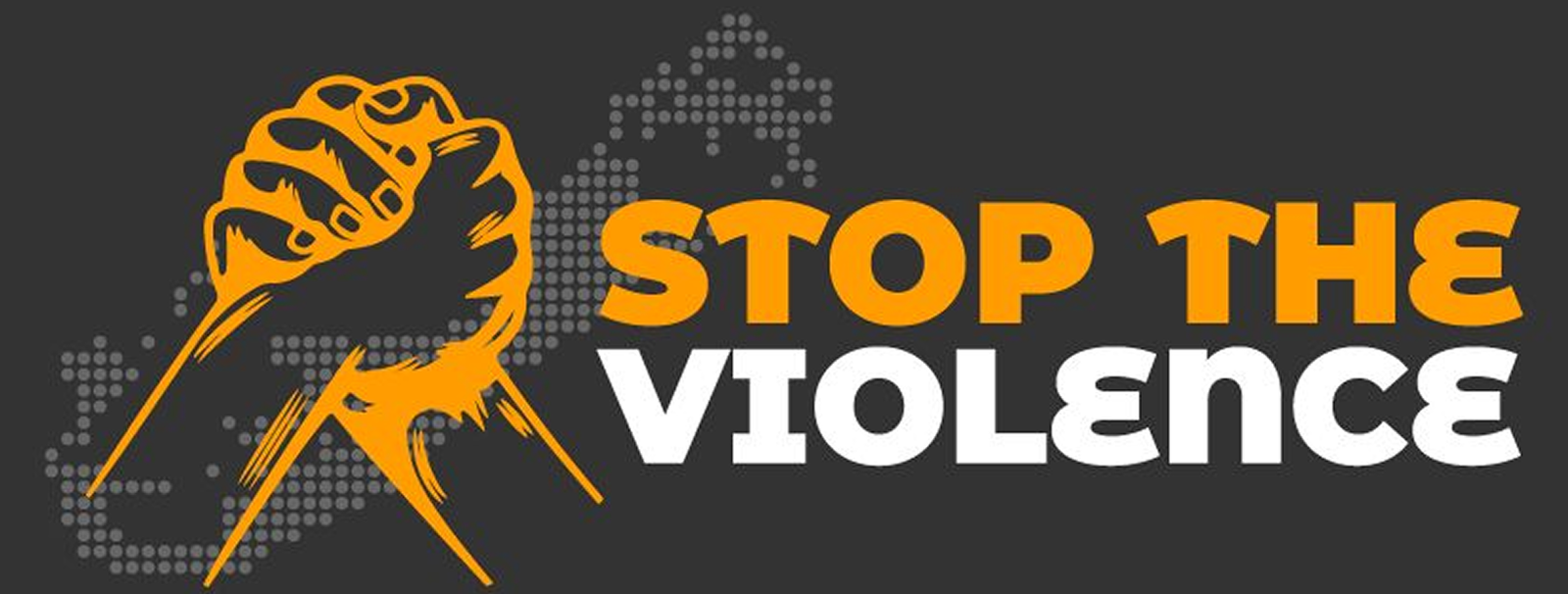Skip to content
CHOOSE PEACE ➺
SPREAD LOVE ➺
CHOOSE PEACE ➺
SPREAD LOVE ➺



